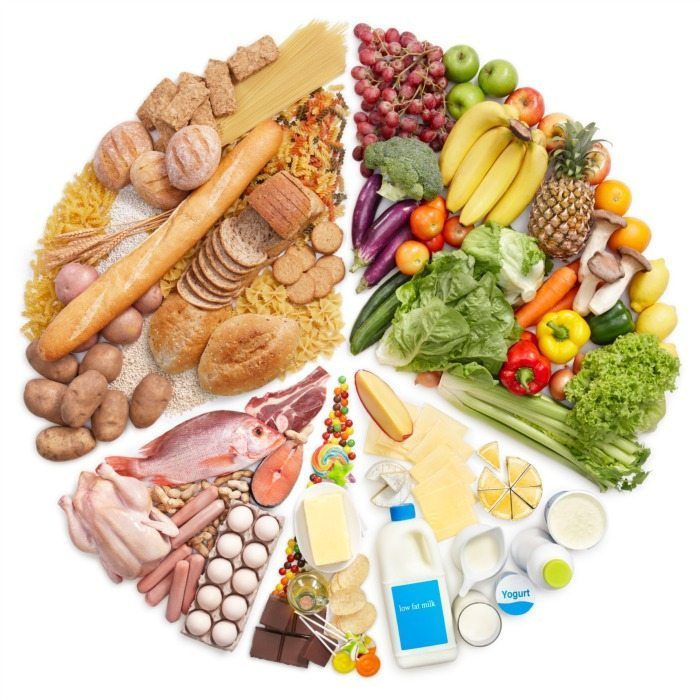Eshealthtips.com – Dietary Reference Intakes are the recommended amounts of nutrients that a person should consume every day for optimal health. They have become the preferred standards for food preparation in many countries, including the United States and Canada. DRIs are developed by the Food and Nutrition Board and are the successor to Recommended Dietary Allowances. They are based on the latest scientific knowledge and are formulated as a guideline for food preparation.
Determining the Optimal Intake of Nutrient-Rich Foods
The DRIs were developed by the Institute of Medicine’s Food and Nutrition Board, incorporating nutrition input into the process. They began as single intake categories, and they were estimated to be sufficient for nearly all healthy people. These recommendations have since been updated and expanded, with each new edition based on scientific understanding. Although they’re based on scientific principles, they don’t address the causes of deficiencies or over-intakes.
DRIs have various uses. They can be used to assess the current intake of nutrients or to plan for future dietary intakes. In some cases, they may also be used to determine the optimal intakes of nutrient-rich foods. There’s a large safety margin when using DRIs. These guidelines are meant to be a guide for optimal intake and to provide enough information to ensure that an individual meets the recommended amounts of nutrients. In addition, people don’t necessarily need to meet DRIs every day – meeting them over several days is enough.

The Dietary Reference Intake (DRI) is the target amount of a nutrient. DRIs are generally based on a calcium balance study. The Institute of Medicine and the EFSA have recommended specific requirements for non-pregnant women, and the WHO has recommended higher dietary intakes for pregnant women. However, it is important to remember that RDAs are based on dietary balance studies, and the final DRIs are subject to change.
Dietary Guidelines That Include Adequate Amounts of Water
In addition to the DRI, a person should also consume certain micronutrients in order to maintain a healthy body. This can be achieved through the Acceptable Macronutrient Distribution Ranges (AMDRs). These dietary guidelines also include adequate amounts of water. Despite the fact that they’re guidelines, you should drink water throughout the day. In addition, water is essential for the body. People who don’t get enough water may experience health complications as a result.
There are two main types of DRIs: RDA and UL. Both are guidelines for healthy people. The RDA is the recommended dietary amount of a nutrient for an average person. The UL is the maximum daily allowance, and is based on the body’s weight and age. The DRIs are useful for dietitians, but even average consumers can use them to make healthy food choices and track the nutritional value of foods.

In addition to the RDA and the AI, the EAR also represents the average amount of a nutrient per day. If the observed intake is below the EAR, there is likely to be room for improvement. In contrast, an EAR of 97.5 percent or less is considered adequate. Therefore, if you observe an intake that is below the EAR, you should consume more of it. It’s best to supplement with B vitamins, especially vitamin B12 for the elderly.
Consult a Dietitian and Doctor to Take Safe Supplements
However, it is important to remember that the UL is an upper limit. This is the daily level of a nutrient that is considered safe for most people. If you exceed this amount, you could become a toxic individual. If you are worried about this, consult a registered dietitian or physician before beginning any dietary supplementation program. This will help you decide if the supplement is right for you. In addition to dietary advice, the UL is also important when it comes to taking supplements.

Fortunately, the Food and Nutrition Board of the National Academy of Sciences, a nonprofit science organization, regularly updates the guidelines based on the latest data. Moreover, packaged foods will display the DV as “%DV” on their Nutrition Facts label. It shows the amount of nutrient in a serving, based on 2,000 calories. If you have a diet that includes more than 2,000 calories per day, the DV is even higher.